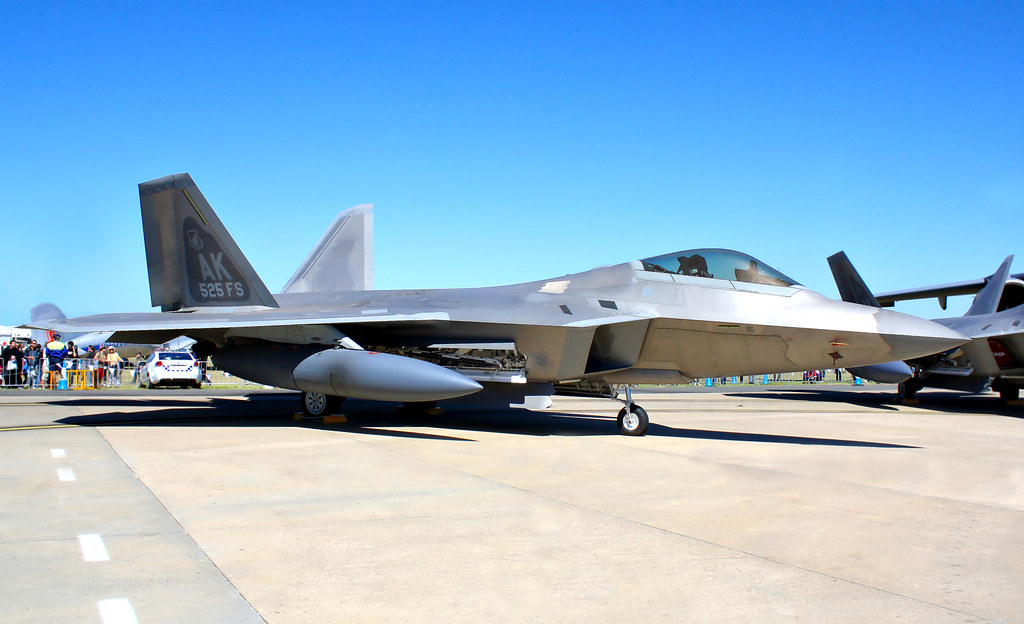Table of Contents
- India’s March Towards Indigenous Fighter Jet Production
- LCA Tejas: Spearheading the Self-Reliance Initiative
- Advancements in Hypersonic Technology and Engine Development
- India’s Expanding Portfolio of Defence Exports
- Robust Growth in India’s Defence Sector
- Indigenous Fighter Jets Ready for Mass Production
- Conclusion
India’s March Towards Indigenous Fighter Jet Production
India’s ambition to become self-reliant in defence manufacturing is rapidly gaining momentum, particularly in the development and production of fighter jets. This progress signifies a major shift in the nation’s defence strategy, with a clear focus on indigenous capabilities and a vision to eventually become a net exporter of military hardware.
Table Of Content
- Table of Contents
- India’s March Towards Indigenous Fighter Jet Production
- LCA Tejas: Spearheading the Self-Reliance Initiative
- Advancements in Hypersonic Technology and Engine Development
- India’s Expanding Portfolio of Defence Exports
- Robust Growth in India’s Defence Sector
- Indigenous Fighter Jets Ready for Mass Production
- Conclusion
LCA Tejas: Spearheading the Self-Reliance Initiative
The Light Combat Aircraft1 (LCA) Tejas stands as a testament to India’s growing prowess in aerospace engineering and manufacturing. According to sources, the Gas Turbine Research Establishment (GTRE), a laboratory under the Defence Research and Development Organisation (DRDO), has received approval to integrate the Dry Kaveri engine, equipped with a newly developed afterburner, into an older Limited Series Production (LSP) LCA-Tejas for validation testing. These trials aim to assess the engine’s performance and compatibility under real flight conditions, with a target for final certification of the Dry Kaveri engine by 2032 and limited series production expected to start by 2025-26.
Furthermore, the first centre fuselage for the LCA Tejas Mk 1A was handed over to Hindustan Aeronautics Limited (HAL) on May 30, 2025. In a statement reported by The Economic Times, the CMD of HAL acknowledged the significant growth of Tier 1 and MSME suppliers in the LCA Tejas production. This handover marks the establishment of a fourth production line for the LCA Mk1A, supplementing the existing lines in Bengaluru and Nashik. The CMD assured that HAL is committed to increasing the production rate of LCA aircraft and ensuring timely deliveries to the Indian Air Force.
Advancements in Hypersonic Technology and Engine Development
It is important to note India’s progress in other advanced defence technologies. Although details regarding data transfer and source code sharing on hypersonic missiles are not explicitly available, India’s Ballistic Missile Defence Programme is actively developing capabilities in this domain, as outlined on Wikipedia.
The indigenous Kaveri engine, being developed by DRDO, is a crucial component in achieving self-reliance. The recent approval for integrating the ‘Dry Kaveri’ engine with an afterburner into the LCA Tejas for testing is a significant step forward. The successful validation and certification of this engine could have far-reaching implications for India’s future fighter jet programs and potentially other strategic applications.
India’s Expanding Portfolio of Defence Exports
India’s defence export sector is experiencing significant growth. According to a press release from the Press Information Bureau (PIB) dated March 29, 2025, defence exports in the fiscal year 2024-25 reached ₹23,622 crore (approximately US$2.8 billion). This includes ₹15,233 crore from the private sector and ₹8,389 crore from Defence Public Sector Undertakings (DPSUs). The PIB highlighted that DPSU exports saw a substantial 42.85% increase in 2024-25, demonstrating the rising global acceptance of Indian defence products. India’s export basket includes a diverse range of equipment such as bulletproof jackets, Dornier (Do-228) aircraft, Chetak helicopters, fast interceptor boats, and lightweight torpedoes. India currently exports to over 100 countries, with the USA, France, and Armenia being the top buyers in 2023-24. The government has set an ambitious target of achieving ₹50,000 crore in defence exports by 2029.
Robust Growth in India’s Defence Sector
The growth in defence exports is reflective of the overall expansion of India’s defence sector. Data from Wikipedia indicates that in the fiscal year 2023-24, defence exports totaled ₹21,083 crores (around $2.63 billion), marking a 32.5% increase from the previous year. Notably, this represents a 31-fold increase compared to the figures from 2013-14. The government aims for defence exports to reach ₹50,000 crore (US$5.9 billion) by 2029-30.
The ‘Make2 in India’ initiative has been instrumental in boosting indigenous defence production. Major platforms like the Dhanush Artillery Gun System, Advanced Towed Artillery Gun System (ATAGS), Main Battle Tank (MBT) Arjun, Light Combat Aircraft (LCA) Tejas, submarines, frigates, corvettes, and INS Vikrant have been indigenously developed. The annual defence production has already crossed ₹1.27 lakh crore and is on track to reach ₹1.75 lakh crore in the current fiscal year, as reported by the PIB on October 29, 2024.
Indigenous Fighter Jets Ready for Mass Production
The development pipeline for indigenous fighter jets is promising. According to a report by - News on August 11, 2024, the 4.5 generation LCA Mark 2 fighter jets are scheduled to begin flight trials by March 2026, with mass production expected to commence by 2029. Additionally,3 the fifth-generation Advanced Medium Combat Aircraft (AMCA) is anticipated to enter mass production by 2035. These timelines were reportedly discussed in a high-level meeting chaired by DRDO Chairman Dr Samir V Kamat and Indian Air Force Deputy Chief Air Marshal Ashutosh Dixit.
Conclusion
The progress in the development and production of the LCA Tejas, coupled with the advancements in critical technologies like the Kaveri engine, signals a significant step towards India achieving self-reliance in fighter jets. The substantial growth in defence exports and the overall expansion of the indigenous defence manufacturing ecosystem underscore India’s emergence as a key player in the global defence sector. The vision of India not only ceasing fighter jet imports but also becoming a reliable exporter appears to be within reach.









No Comment! Be the first one.